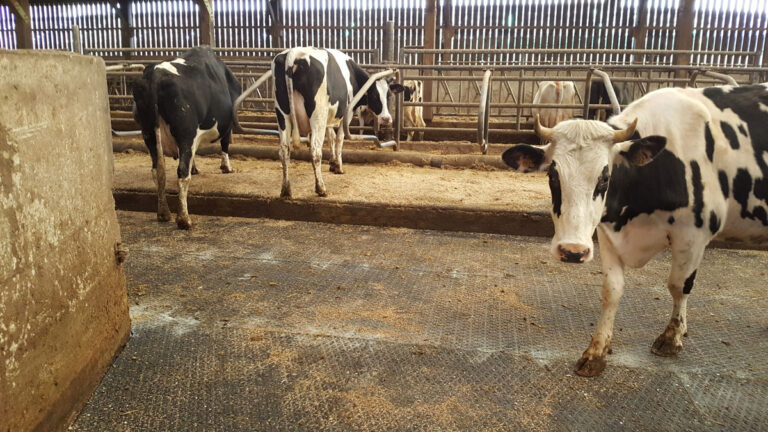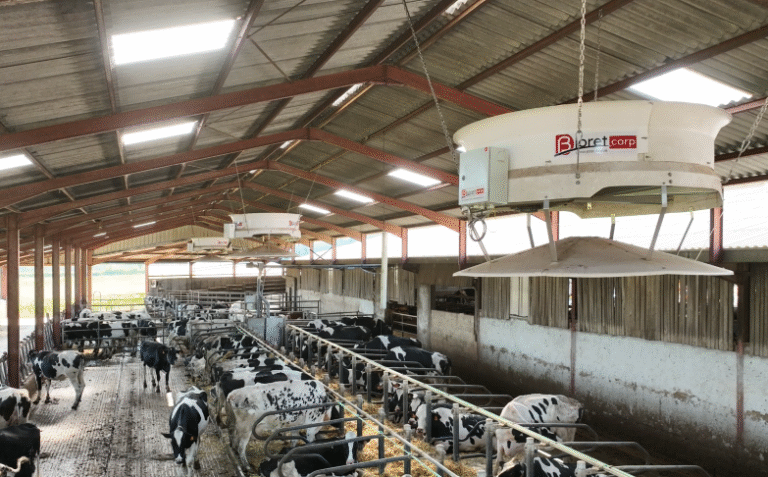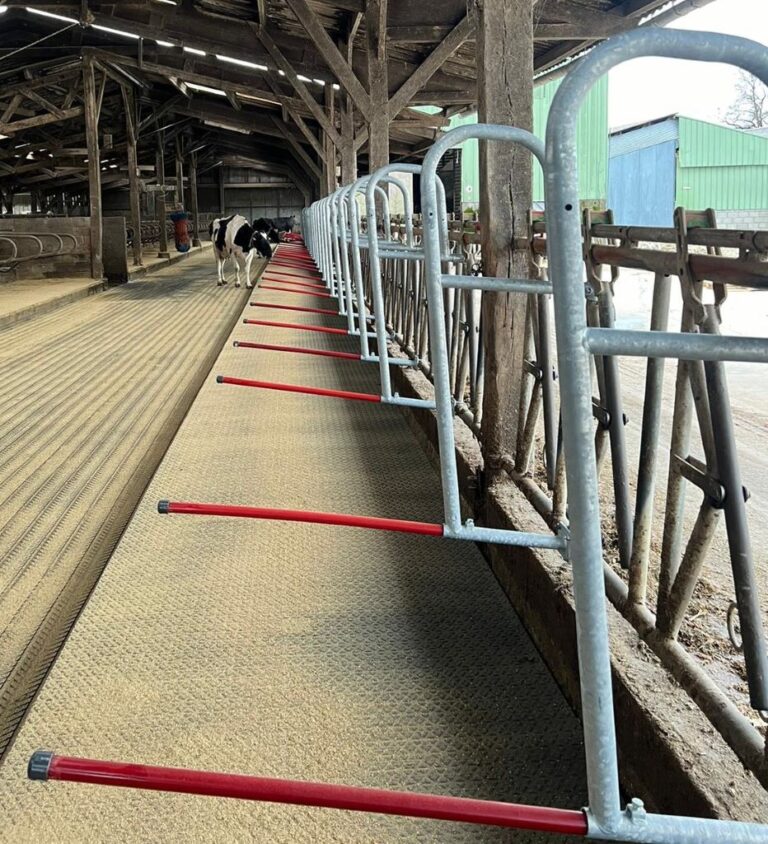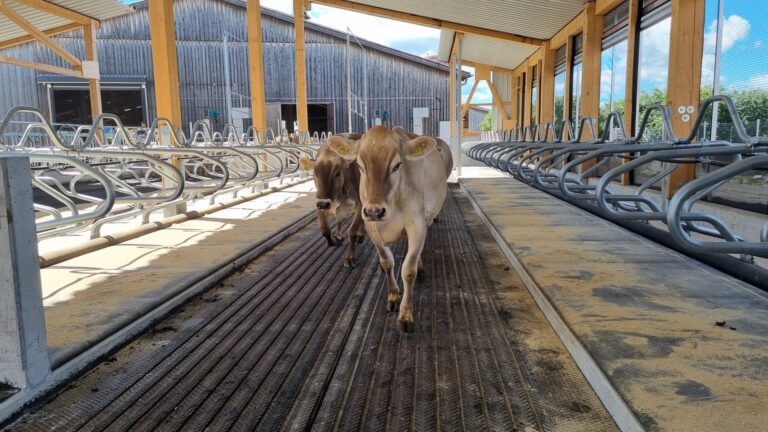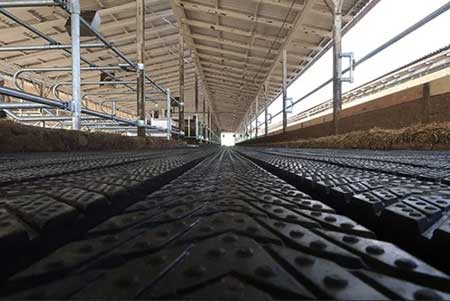Improving soil quality to reduce lameness problems
Lameness is a rapidly increasing problem on dairy farms. Leg and foot problems have become the third most common pathology after mastitis and infertility. Foot health and production performance are linked in dairy cows. An animal with foot injuries that limps will move less to eat and drink, compromising its immune status. Consequently, the cow will not fully express its production potential.
Stakeholders in the livestock industry are mobilizing to contain lameness problems, including the development of preventive trimming and the consideration of foot health in the indexing of breeding animals. Since 2014 and the launch of the Génosanté program, selection organizations have integrated health indexes into their selection criteria for future breeding animals. These genetic health indexes combine information on the risk of acetonemia, reproduction, udder health, and foot health. Their objective is to offer more resistant breeding animals to improve the health of cows and thus strengthen their technical and economic performance. The foot health index is based on seven diseases: infectious diseases (interdigital dermatitis, foot rot, and heel erosion) and non-infectious diseases (diffuse sole bruising, circumscribed sole bruising, white line opening, and sole ulcer).
Better describe foot lesions to better combat them
Genomics makes it possible to select the most promising breeding animals by reading their genome. When a new criterion, such as foot health, is integrated, a link must be established between the genome and the expression of this trait. This was achieved through Parabov, a scientific project initiated and funded by France Génétique Elevage, which developed a reference framework for the collection of foot lesion data. Conducted on 12,458 cattle, this survey of foot lesions has a dual purpose: to provide the farmer with a lesion assessment of their herd (identifying the number and type of lesions to determine priority actions) and to collect information for selection by linking the phenotype, in this case leg problems, with the genotyping of the animals.
Evaluate the impact of a change in flooring
For animals that spend the majority of their time indoors, the type of flooring and the risk of injury are linked. In a straw-bedded area, there will be more sole bruising and abscesses. In a stall and slurry system, there will be more problems with digital dermatitis. In order to evaluate the benefits of a floor change, lesions on the front and rear feet of 141 cows were analyzed based on the Parabov methodology. Between the two parings, which were used to observe these lesions, Magellan mats were installed in the traffic lane. At the second paring, it was observed that 80% of the lesions had healed but 8.6% had worsened. With regard more specifically to lesions of digital dermatitis or Mortellaro's disease, 80% were healing. The presence of lesions due to Mortellaro's disease decreased from 30 to 18%. The number of diffuse sole bruising lesions decreased from 30% to 15%.
With a draining rubber mat, such as the Magellan mat, excrement is more easily removed. When the hooves are dry and clean, they are less likely to develop diseases. In addition, the grooves facilitate the removal of small stones, which are rejected in the droppings. These stones can cause injuries to the sole. Injuries which, although small, will be the gateway for germs.
Covering part of the concrete in his barn with flexible Magellan mats reduces the risk of injury and lameness. This contributes to the good health, well-being and full production of his herd.
